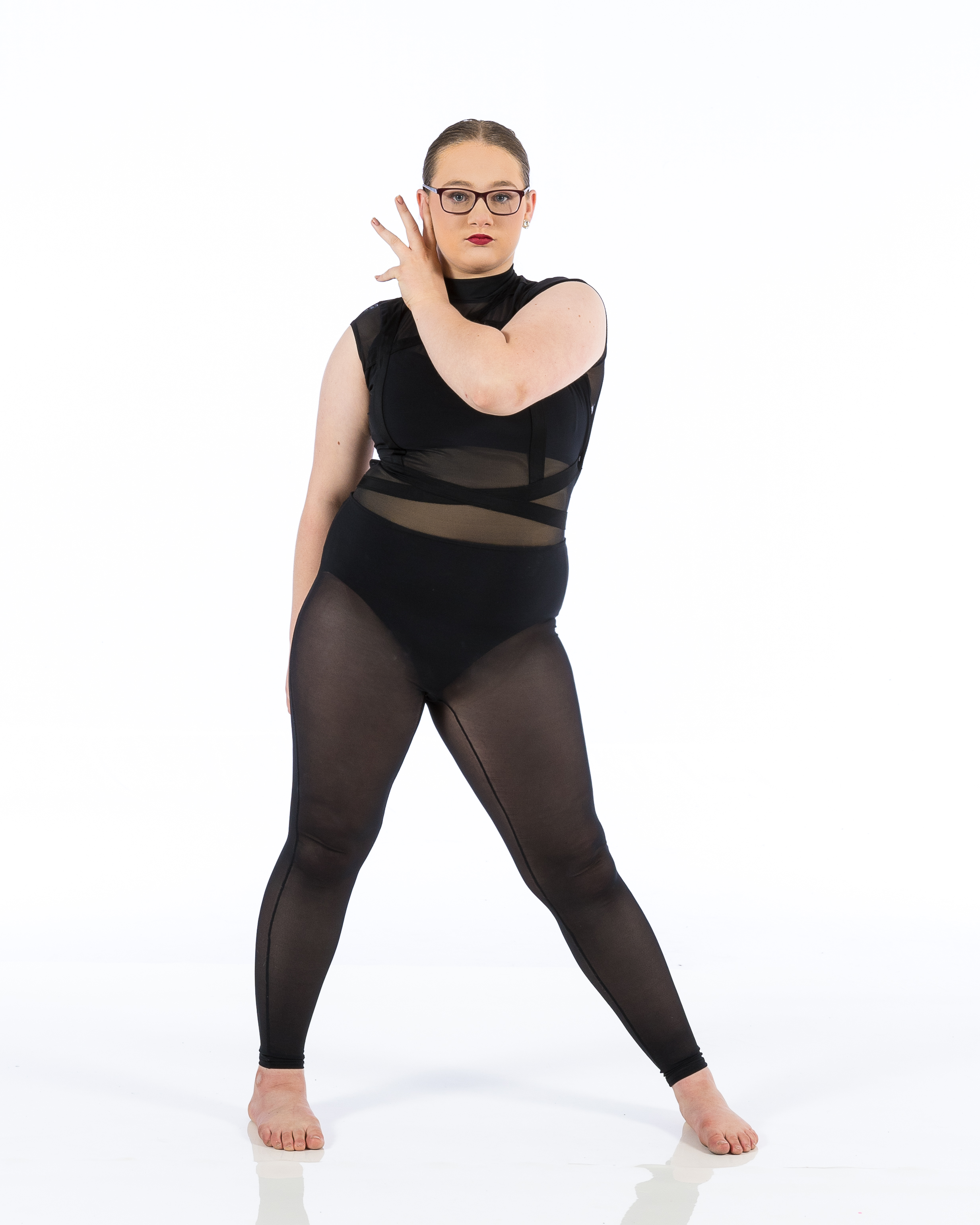Introduction
When you think of Newberg, Oregon, what comes to mind? The picturesque vineyards, the charming downtown area, or perhaps the lively community events? But there's something else bubbling beneath the surface—an energetic dance scene that's capturing the hearts of kids and parents alike. Yes, we're talking about "Dancing Through Newberg: Best Styles for Kids." Whether your child is a budding ballerina or a breakdancing enthusiast, there’s a dance style that can ignite their passion and creativity. In this article, we'll explore various dance styles available in Newberg for kids, providing insights into each one and why they might be the perfect fit for your little dancer.
Dance Styles: An Overview
Dance is more than just movement; it's an expression of emotion, culture, and identity. But with so many different dance styles out there, how do you choose what's best for your child? From ballet to hip-hop and everything in between, let’s dive deep into the Hillsboro urban dance styles world of dancing through Newberg.
The Importance of Dance for Kids
Physical Benefits of Dance
Dancing isn't just fun; it offers a multitude of physical benefits. Regular dancing helps improve coordination, balance, and flexibility. It also builds strength and endurance—qualities that are essential as children grow.
- Coordination: Learning various movements enhances motor skills. Balance: Dance routines often require maintaining balance in different positions. Flexibility: Stretching is integral to most dance styles.
Emotional Benefits of Dance
Beyond the physical realm, dance plays a significant role in emotional development. It allows children to express themselves creatively while also building confidence.
- Self-Expression: Dance provides an outlet for emotions. Confidence Building: Performing in front of others fosters self-assurance. Social Skills: Dance classes encourage teamwork and cooperation among peers.
Exploring Different Dance Styles Available in Newberg
Ballet: The Foundation of Dance
Ballet is often considered the foundation of all other dance styles. Its emphasis on technique makes it an excellent choice for young dancers.

- Structure: Ballet teaches discipline and focus. Gracefulness: Movements are elegant and fluid. Performance Opportunities: Many local studios offer recitals.
Hip-Hop: The Urban Movement
For those who prefer something more contemporary and energetic, hip-hop might be the way to go.
- Freestyle Elements: Kids can express themselves through improvisation. Variety: Includes various styles like breaking, locking, and popping. Cultural Relevance: Hip-hop reflects current trends and social issues.
Jazz: The Fusion Style
Jazz dance combines elements from various genres including ballet and contemporary dance. It’s upbeat and always evolving!
Characteristics of Jazz Dance
- Vibrant Music Choices: Often set to popular music. Dynamic Moves: Incorporates kicks, leaps, and turns.
Tap Dance: Rhythm on Feet
If your child loves making noise while they move, tap dancing could be their calling!
What Makes Tap Unique?
- Sound Creation: Each step creates rhythmic sounds through special shoes.
Contemporary Dance: Expressive Freedom
This style blends elements from various genres including jazz and ballet but with a more modern twist.
Why Choose Contemporary?
It's versatile! Children can explore emotions through storytelling via movement.
Folk Dance: Cultural Heritage Through Movement
Folk dance connects children with cultural roots through traditional movements from various communities around the world.
Benefits of Folk Dancing
Each folk style tells a story—this can foster appreciation for diversity among kids!
Breakdancing: The Street Style Revolution
Originating from city streets in New York City during the 1970s & ‘80s, breakdancing has become immensely popular among kids today!
Key Elements of Breakdancing
Power moves like spins make it dynamic yet challenging!
Ballroom Dancing: Elegance Meets Fun
Think ballroom dancing is just for adults? Think again! Many studios offer classes specifically designed for children where they learn classic dances like waltz or tango!
What’s Special About Ballroom?
Kids will learn poise along with rhythm!
Creative Movement: The Freedom to Explore
For very young children (ages 3–5), creative movement classes are fantastic as they allow exploration without strict guidelines!
Letting Imagination Soar
Children express themselves freely while developing coordination skills.
Frequently Asked Questions (FAQs)
1. What age should my child start taking dance classes?
Most studios offer classes starting as early as three years old. Beginning at a young age helps develop foundational skills that can benefit them later on.
2. Is it necessary for my child to take multiple styles?
While it isn’t necessary, exploring different styles can enhance their versatility as dancers! It may help them discover what they truly enjoy.
3. Are there performance opportunities available?
Yes! Most studios host recitals throughout the year where students can showcase what they've learned.
4. How do I choose the right style for my kid?
Consider their personality! If they're energetic—hip-hop might suit them well; if they prefer elegance—ballet could be ideal!
5. Do I need to purchase special shoes?
Yes! Most styles require specific footwear (e.g., ballet shoes or tap shoes), which you’ll need to buy before classes begin.
6. Can boys take any type of dance class?
Absolutely! Dance is inclusive regardless of gender; many boys excel in all types of dance including ballet!
Conclusion
In conclusion, discovering "Dancing Through Newberg: Best Styles for Kids" opens up a world full of possibilities for our youngsters. From ballet's gracefulness to hip-hop's energy, every child has unique preferences waiting to blossom through movement. Engaging them in these diverse experiences not only nurtures their physical abilities but also instills confidence that lasts beyond the studio walls. So why wait? Let your little ones discover their rhythm today!